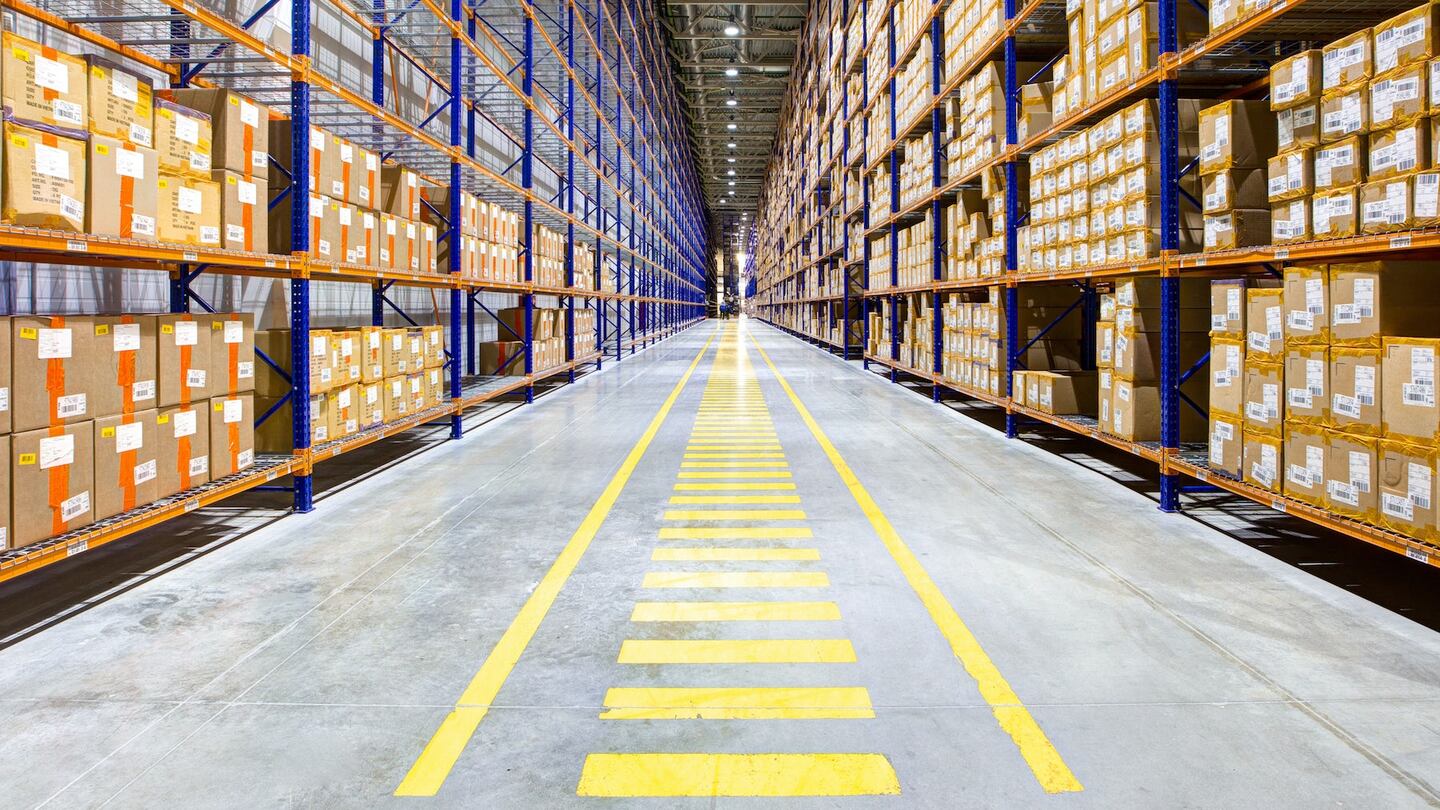
The Business of Fashion
Agenda-setting intelligence, analysis and advice for the global fashion community.

Agenda-setting intelligence, analysis and advice for the global fashion community.

NEW YORK, United States — Those boxes piling up on your doorstep over the holidays don't ship from Santa's workshop. As Americans spend more money shopping online, real estate developers are sinking record amounts of money into new warehouse space, building bigger, taller structures to meet the needs of e-commerce — and the robots that help it along.
Builders spent $2.6 billion on U.S. warehouse construction in September, more than triple the figure in September 2012, according to the census. The size of the average warehouse completed this year was 188,000 square feet, according to a report published this week by CBRE Group Inc., more than double the size in 2001. Developers are also raising their roofs, with ceiling heights up 21 percent over that period.
Warehouses are getting bigger for the same reason retailers and logistics firms are building more of them.
“It’s the notion of the endless aisle,” said Joe Dunlap, a managing director at CBRE, where he leads the supply chain advisory practice. A retailer that stocks 30,000 items in its stores might offer 10 times as many items for sale online. More stock requires larger footprints. Higher ceilings accommodate mezzanine levels, letting operators cram more shelves into a building.
ADVERTISEMENT
Today’s industrial buildings also require thicker concrete floors to support heavy machinery used to automate the warehouse process, Dunlap said.
While builders are pouring money into next-generation warehouses, venture capital firms are stoking competition in warehouse automation. Since Amazon.com Inc. acquired bot maker Kiva Systems for $775 million in 2012, a new batch of robot makers has burst on the scene, including Geek+, which has raised $22 million. 6 River Systems Inc., a robotics company founded by former Kiva employees, scored a $15 million round, while RightHand, which makes a robo-arm, added $8 million to its war chest.
Meanwhile, warehouses are likely to keep getting bigger, and more expensive.
“Long term, there has to be a landing point,” Dunlap said, “probably driven by finding the right collaboration” between robots and people.
By Patrick Clark and Kim Bhasin; editor: Peter Jeffrey.
From analysis of the global fashion and beauty industries to career and personal advice, BoF’s founder and CEO, Imran Amed, will be answering your questions on Sunday, February 18, 2024 during London Fashion Week.
The State of Fashion 2024 breaks down the 10 themes that will define the industry in the year ahead.
Imran Amed reviews the most important fashion stories of the year and shares his predictions on what this means for the industry in 2024.
After three days of inspiring talks, guests closed out BoF’s gathering for big thinkers with a black tie gala followed by an intimate performance from Rita Ora — guest starring Billy Porter.